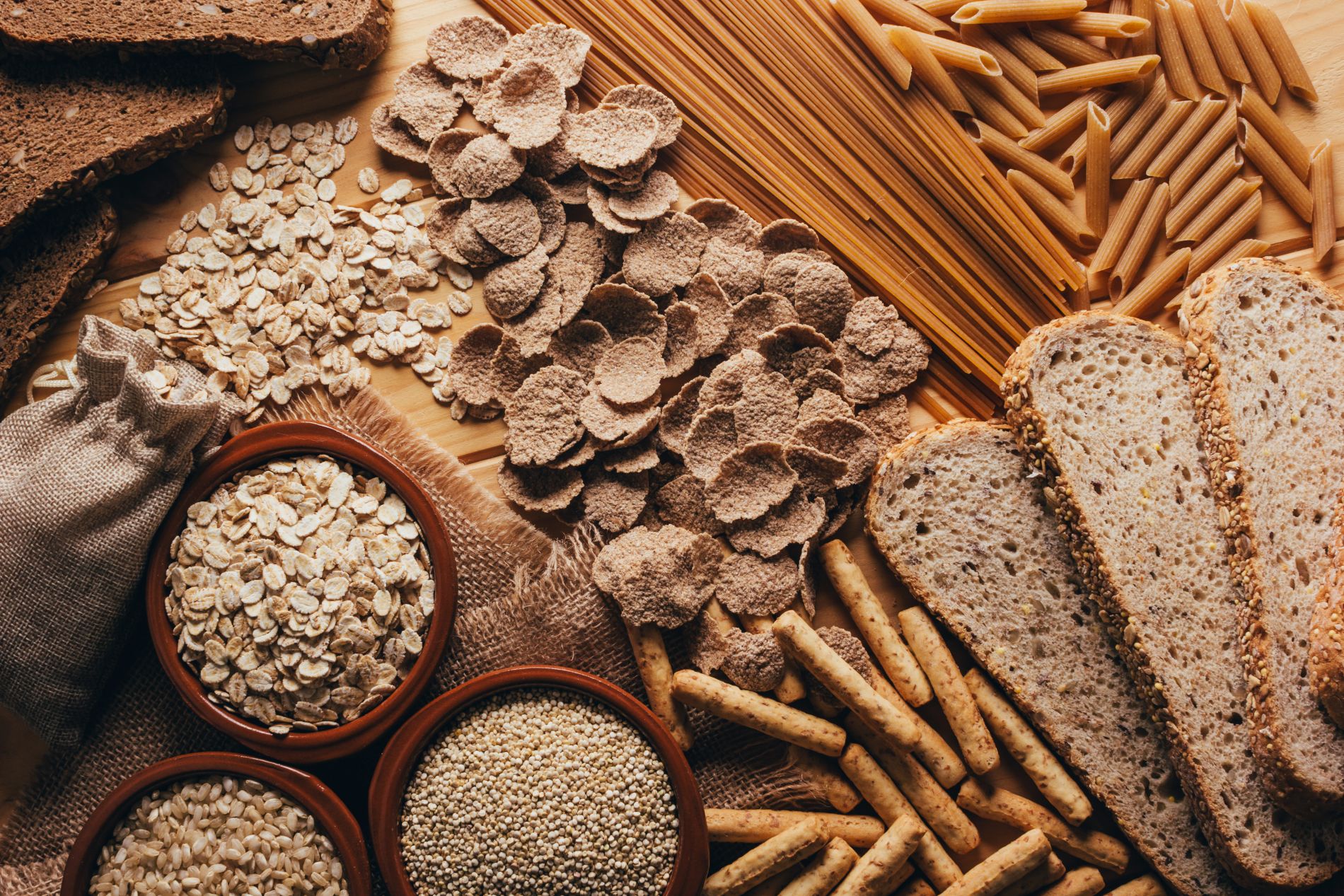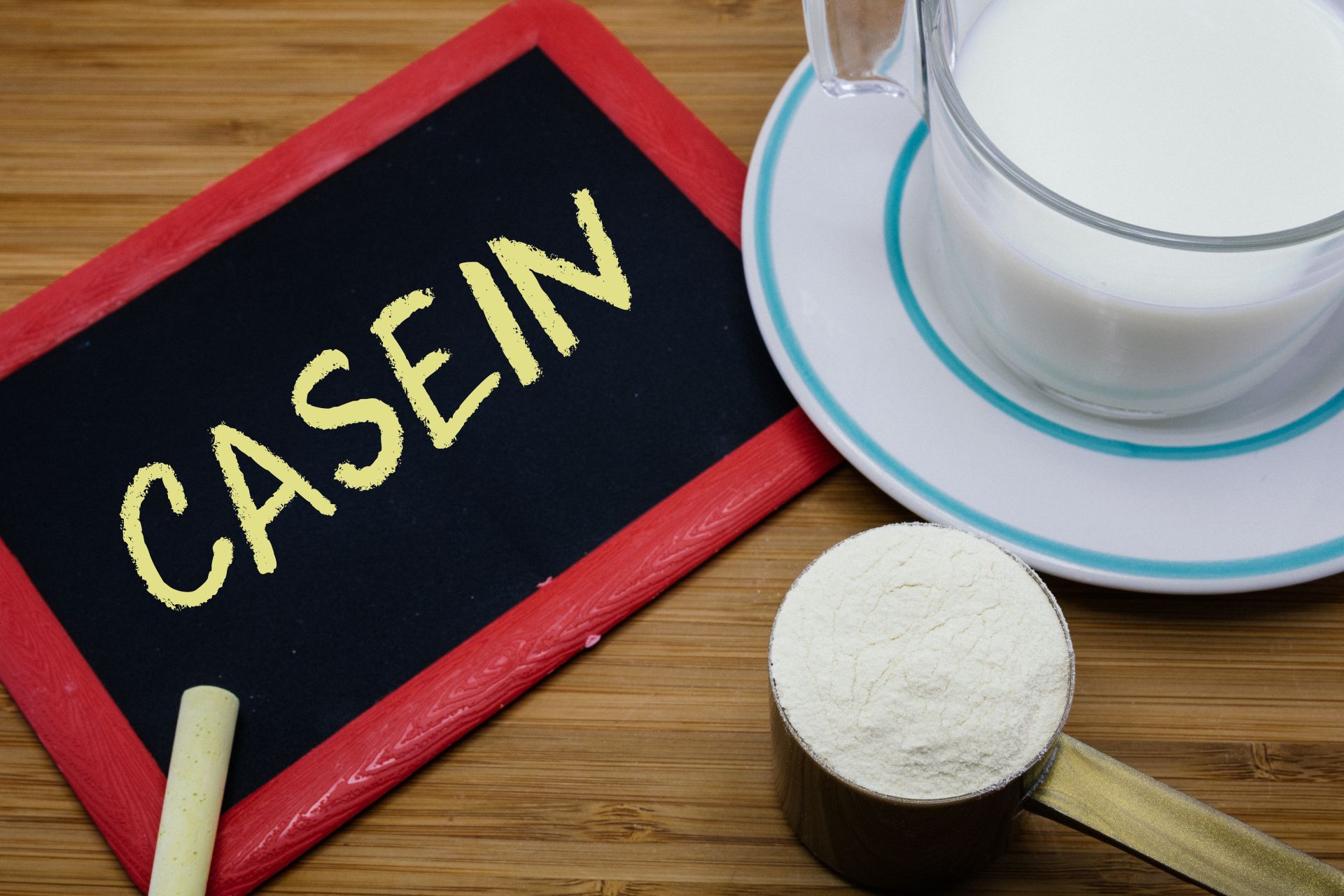Silica - application, properties

Silicon is a trace element that is found in the human body in amounts of 1-2 g (0.01%). The highest concentration of silicon is found mainly in fast-growing tissues such as hair, skin, nails and bones. Silicon is also found in high concentrations in the extracellular matrix, where it is bound especially to glycosaminoglycans (GAGs). Let's take a closer look at what foods silicon is found in and what role it plays in the human body.
- The role and uses of silica
- Properties of silica
- Silica demand
- Silica bioavailability
- Dietary sources of silicon
- Effects of silicon deficiency
The role and uses of silica
The role of silicon in the human body is not yet fully understood. It is now well known that silica is an important building block of connective tissue and plays an important role in the development and mineralization of the skeleton. The professional literature reports that silicon has a beneficial effect on the body's health in the presence of certain diseases, such as osteoporosis, diabetes and atherosclerosis of the blood vessels. Silica probably slows down the aging process of cells and shows positive effects on the condition of skin, hair and nails. What's more, silicon can increase the body's natural immunity and accelerate the healing of damaged tissues and the regeneration of bone tissue after injuries and fractures.
Silicon is most commonly used as silicon dioxide (E551), which is added to foods to perform anti-caking, bulking and stabilizing functions. Silica is mainly used as an additive in foods such as instant coffee, spice mixes, instant soups, powdered sugar and table salt.
Properties of silica
Silica is an important component of connective tissue. It plays a key role in the development of the skeletal system, as it participates in collagen synthesis, mineralization of the bone matrix and differentiation of bone-forming cells. Silicon is involved in the formation of connective tissue elements present in blood vessels, trachea, cartilage, joints, tendons and skin. Tissues and organs rich in silicon include kidneys, liver, spleen, bones, skin and lungs, as well as hair and nails. Silicon is believed to lower blood cholesterol levels and may exhibit antiatherosclerotic and anti-diabetic properties. It is also attributed with anti-cancer, immunostimulating and regenerative properties, i.e. accelerating the healing process of damaged tissues.
Adequate intake of silicon with the diet may benefit overall cognitive performance and potentially reduce the risk of Alzheimer's disease. Silica is likely to bind heavy metal ions, thereby reducing their harmful effects on organs and tissues of the human body. Silicon inhibits the absorption of aluminum from the gastrointestinal tract, a well-known neurotoxic substance. Silica also influences the metabolism of other macro- and micronutrients in the human body, such as calcium, phosphorus, magnesium, sodium, potassium, zinc, chlorine, fluorine, sulfur, molybdenum and cobalt.
Silica demand
Silicon requirements appear to be higher in men than in women. It is estimated that the daily intake of silicon for a healthy adult should be between 20 and 30 mg. The average daily intake of silicon in European and North American populations ranges from 20 to 50 mg. In contrast, in Asian countries such as China and India, where grain products, vegetables and fruits rich in silicon make up the majority of the diet, daily silicon intake is much higher, ranging from 140 to as much as 200 mg. The average silicon intake in the Polish population varies by gender and is about 24 mg per day in women and nearly 28 mg per day in men. Among the main dietary sources of silicon in the diet of a typical Polish population are cereals, fruits, beverages and vegetables. A diet providing more than 40 mg of silicon per day has been shown to favorably influence femoral bone mineral density, compared to a diet with an average of about 14 mg of silicon.
Silica bioavailability
The best source of well-absorbed silicon is orthosilicic acid Si(OH)4, which is absorbed 50% from the gastrointestinal tract and mainly enters the bloodstream in unbound form. Silicon is hydrolyzed to orthosilicic acid in the gastrointestinal tract under the action of hydrochloric acid. Hence, it is found that silicon is less bioavailable in elderly people with gastric insufficiency, and even more so in those who take proton pump inhibitor (PPI) drugs, which block the production of hydrochloric acid by the cells lining the stomach, for a long time. Silica also occurs as organosilicon that has been chemically treated by humans, such as silicon dioxide (E551), which is used as an anti-caking agent that is virtually unabsorbed from the gastrointestinal tract.
Dietary sources of silicon
Silicon enters the human body with food. Well-absorbed silicon in the form of orthosilicic acid is found only in liquids, such as beer (9-39 mg silicon/l) and mineral water (2-5 mg silicon/l). It is worth noting that beer is the richest source of readily available silicon in the form of orthosilicic acid. And in foods, the highest concentrations of silicon are found in cereal grains such as oats, barley, wheat and rice. In addition, silicon is found in cereal products (e.g., bread, pasta and cereal), vegetables (including potatoes, carrots, beets, radishes, onions, green beans, spinach), fruits (especially banana, pineapple and mango), legumes (e.g., beans, lentils, soybeans), raisins, nuts and seafood (e.g., shellfish). Some herbs and plants are also high in silica, including coriander, field horsetail, hollyhock and spotted honeysuckle. However, this is a form of silicon that is more difficult for the human body to access. The assimilability of silicon varies considerably for individual plant products depending on the amount of dietary fiber, for example, a maximum of 2% is absorbed from bananas rich in silicon.
Effects of silicon deficiency
With age and the degeneration of certain tissues, a decrease in the concentration of silicon in the tissues and organs of the human body is found. Low levels of silicon are also observed in the presence of certain diseases, such as atherosclerosis of the blood vessels. Silicon deficiency can occur in people who are malnourished, those who follow restrictive diets for long periods of time (e.g., patients with food allergies and/or intolerances), and those who eat mainly highly processed foods while avoiding fresh vegetables, fruits and coarse grain products. In addition, elderly people who chronically take anti-reflux medications from the PPI group are at risk of silicon deficiency. It has been suggested that low concentrations of silicon in the human body may increase the risk of developing atherosclerosis of the blood vessels and acute and chronic forms of ischemic heart disease. In animal studies, silicon deficiency has been shown to have an adverse effect on bone formation and can cause bone deformities and bone mineralization disorders. Low concentrations of silicon in the body can aggravate the aging process of the skin and negatively affect the condition of hair (including: increased hair loss, weakened and brittle hair, split ends) and nails (e.g., brittleness of nails, weakening of the nail plate). Silicon deficiency can also result in lowered immunity.
Sources:
- Martin KR.: The chemistry of silica and its potential health benefits. J Nutr Health Aging. 2007 Mar-Apr;11(2):94-7.
- Chumlea WC.: Silica, a mineral of unknown but emerging health importance. J Nutr Health Aging. 2007 Mar-Apr;11(2):93.
- Martin KR.: Silicon: the health benefits of a metalloid. Met Ions Life Sci. 2013;13:451-73.
- Price CT, Koval KJ, Langford JR.: Silicon: a review of its potential role in the prevention and treatment of postmenopausal osteoporosis. Int J Endocrinol. 2013;2013:316783.
- Tłustochowicz W.: Silicon as the missing element in the treatment of osteoporosis. Forum Rheumatol. 2020, 6(4): 160-166.
- Rondanelli M, Faliva MA, Peroni G, et al: Silicon: A neglected micronutrient essential for bone health. Exp Biol Med (Maywood). 2021 Jul;246(13):1500-1511.
 ⮜ Previous article
⮜ Previous article
Is breakfast the most important meal of the day?
 Next article ⮞
Next article ⮞